Time For Visibility: Reflections Of An Immigrant
By: Tatiana Bueno, Martin senior project manager
I’ve been an immigrant longer than a native Brazilian living in my own country. I left my homeland after college and lived in Europe before moving to the United States in November of 2001 (just a few months after the 9/11 terrorist attacks). At that time there were no conversations about inclusion or visibility—people either showed genuine interest in getting to know you and your background, or they’d reject your differences and secretly want you to go back to where you belong.
Being an immigrant in a new place tastes like adventure—salted in youth-like feelings and peppered with lots of learning and exploration. It’s hard to convey what it’s like building a home away from your homeland while investing in a career, marriage, kids and so much more.
In 2013, I was looking for a breakthrough as a single mom close to her 40s! That’s when I was hired by The Martin Agency as a project manager. There was a hunger at Martin (like many agencies) to become global. As part of that ambition, Martin had just started to bring on foreign creatives. I was the only woman with an accent.
And yet, as more and more people from diverse backgrounds were brought on, cultural transformation eluded Martin the same way authentic consumer connections elude many brands.
Instead of celebrating the diversity coming in, I saw assimilation into the existing culture: unique traits, senses of humor and habits all Americanized. This set off a chain reaction that hindered individuality, the most potent inkwell for impactful creativity. Without embracing individuality, we weakened our cultural intelligence and likely reduced opportunities for diverse employees to really flex and rise up within the agency.
Break The Cycle
Here’s the takeaway: You can’t really be inclusive if you don’t honor the roots of what makes a person different than others in a way that makes them feel like they belong. There’s a difference between making a place for people and making people fit into a place. When Martin picked up this mantle to fight invisibility, everything changed.
We found the super power and connector bridge between all sorts of people: sense of self.
Since these shifts, I’ve seen people find their place in the world. At Martin, it’s meant that people feel connected, not only knowing what they want in life but also the necessary actions to move toward their goals.
And it got me thinking: What if brands thought more about belonging and less about diversity?
Foreign Me + Inclusivity
“Is that person Latin enough?” I think a black person with blue eyes is too uncommon.” As a project manager on the front lines of brands trying to find their way with diverse consumer audiences, I hear it all. These statements gave me pause. I look white. You wouldn’t think I was Latina—but does that make me any less of who I am?
Instead of authentically connecting with consumers, I find too many brands putting people in boxes by race, nationality and cultural behavior. It feels like brands are trying to own something that is not to be owned. Instead, connections should be made through human truths supported by foreign lenses.
When things belong together, it’s natural and meant to be. I encourage brands to take a page out of Martin’s playbook and think about what shapes a person’s sense of self:
- Their culture
- How and where they grew up
- Moral values from their heritage
- Support from peers in times of doubt
How do I and others belong with your brand? How brands use me and my culture defines how brands really see me and the communities I’m affiliated with. It’s the difference between trying to get my attention during Latin Heritage month and engaging me frequently. Remember how Pride month went for brands? We can do better.
Be The Change
I actually left The Martin Agency in 2018—and then came back in the fall of 2019. Why did I return? There was a markedly better chance for me to be seen and embraced for my whole self at Martin. When businesses and agencies commit to authentic diversity and inclusion they can empower the voices that have been quieted in the past.
Case in point: I’m not sure someone would have cared or listened to the opinions I’m sharing here. This agency’s given me the courage to speak up and speak out—and to believe my voice matters.
The difference between The Martin Agency of 2013 and now is how it approaches diversity with empathy, awareness and trust. The agency’s radical shift makes me believe that there’s hope for people of any age, nationality, color and sexual orientation to have a breakthrough.
I think brands can have substantial breakthroughs, too—if they dig deeper in how they approach diversity and inclusion within their businesses and how they interact with consumers.
We want to see you, too. If you’re itching to know something or have a question or comment we can start a dialogue on—shoot an email to: katie.walley-wiegert@martinagency.com.


